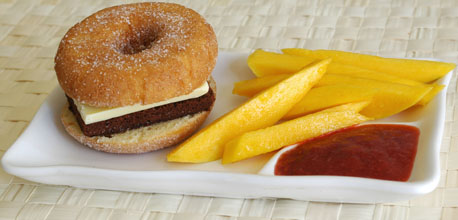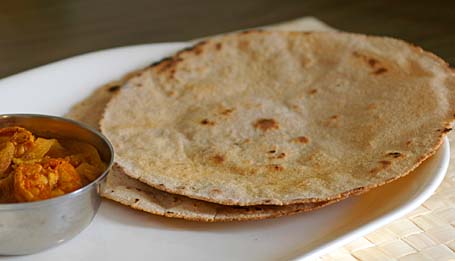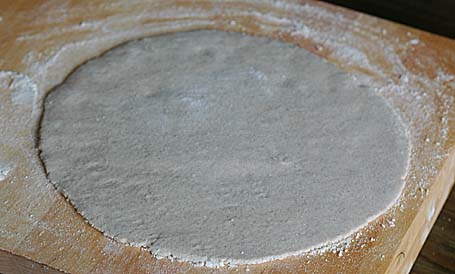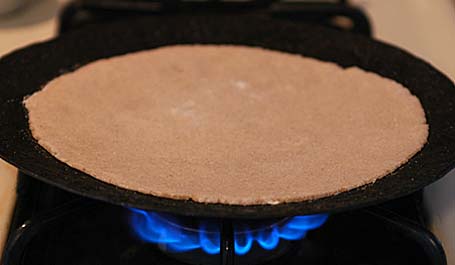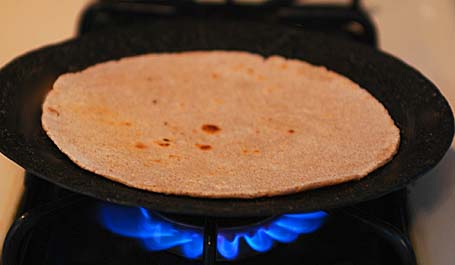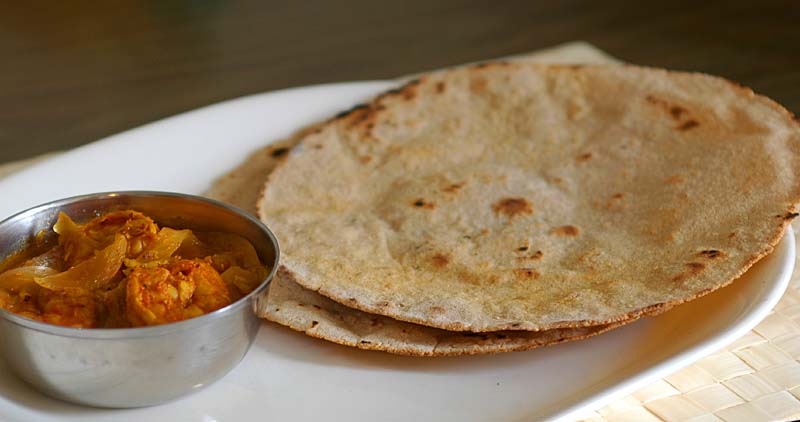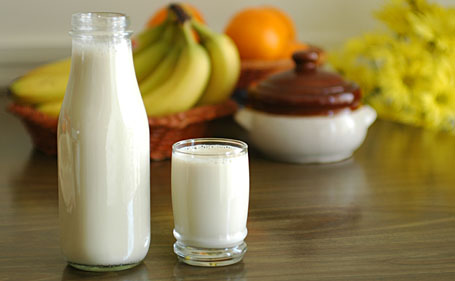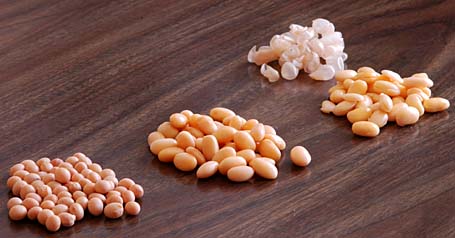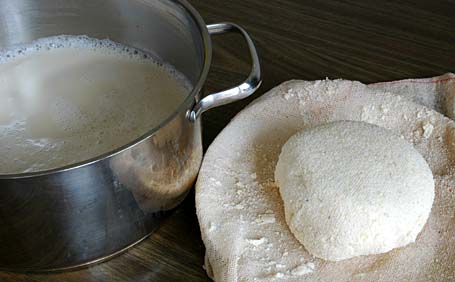Back home, a breakfast is still a breakfast. It is not brunch, lunch or supper. Breakfast items are few, and everyday one of them is prepared and eaten by 9 AM. My mother never uttered the words – “I’m not feeling well today and not making any breakfast for you”. As a grown up, living in a silent world with plenty of time to reflect back, now I realise, my mother like me, must had several reasons to slack off, if she wanted to. But she never did. I am sure many of you can relate to what I am talking about. That kind of devotion was given to us when we were children. This is the reason why I often mention ‘amma (mother)’ as recipe source. If I have the courtesy to write a cookbook author’s name as recipe source for a blogged recipe, why shouldn’t I return the same courtesy to amma, from whom I learned most of my cooking from.
Colorful idly with carrots and chana dal aka masala idly is one of her recipes. Finely grated carrots and chana dal along with green chillies and cumin etc. are added to the leftover idly batter for a next day morning breakfast. Imagine the taste of upma, and these idlies almost taste like that. Steam cooked in round shape, they are a pleasure when served hot with chutney and sambar. Though they are a breakfast item back home, here I often make them on a weekend for brunch, lunch or for supper.
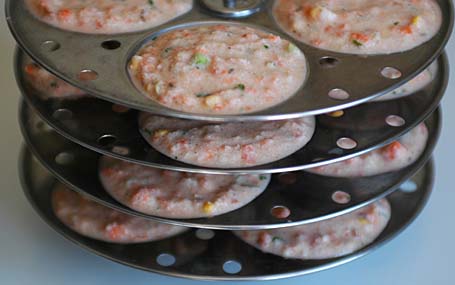
Recipe:
This is same as idly preparation except that we add bunch of other ingredients and change the lilly white, cloud like plain idlies into colorful, somewhat dense masala idlies.
(for 16 idlies)
3 cups of Idly batter
(urad dal and rice ravva(cream of rice) in 1:2 ratio, soaked, grind into smooth batter and kept overnight for fermentation)
Ingredients to add to idly batter
1 cup of grated carrot (1 big carrot)
¼ cup of chana dal (soaked in water for atleast an hour)
¼ cup of coarsely crushed, roasted peanuts or cashews
¼ cup of finely chopped cilantro
2 to 4 finely chopped or minced green chillies
1 teaspoon of cumin and few curry leaves
¼ teaspoon of salt or to taste
Mix the ingredients with idly batter thoroughly. Fill the round impressions of idly plates with this batter. Place the idly stand in an idly cooker and steam cook them for about 20 minutes or until the batter sets completely. Remove the idly stand from the cooker, run a spoon under each impression and separate the cooked idlies from the impressions. Serve them hot with peanut or coconut chutney and sambhar.
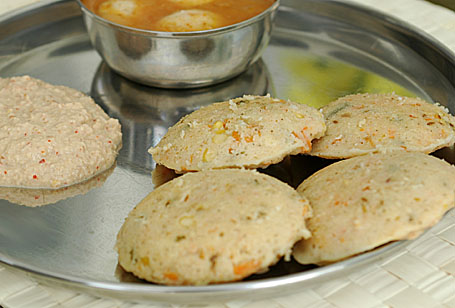
Masala idlies with peanut chutney and shallot sambhar
For more detailed recipe of idly, about idly stand, idly plates and idly cooker etc., – click here
